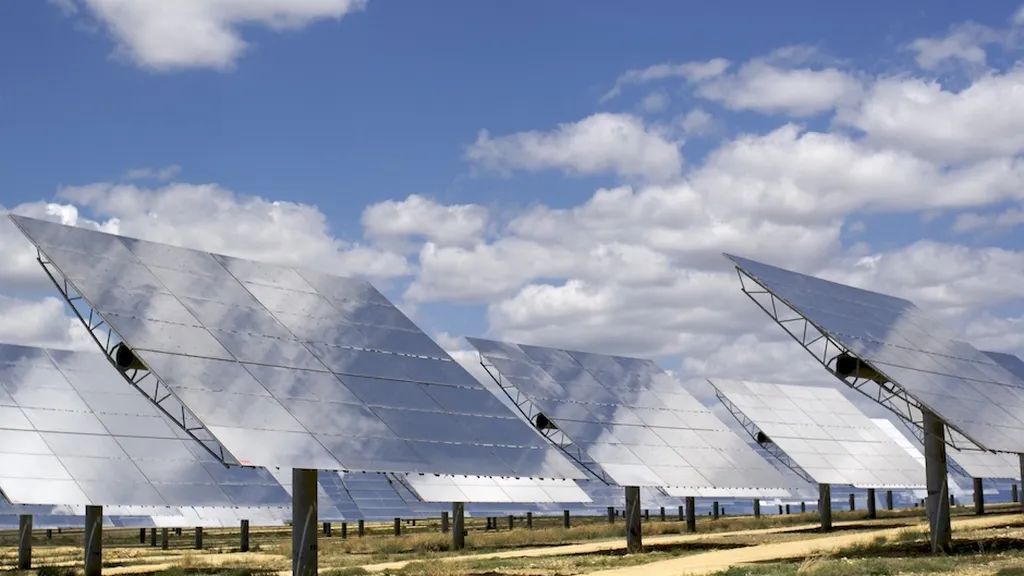In the quest for sustainable energy solutions, all-polymer solar cells (all-PSCs) are emerging as a promising contender, offering unique advantages that could revolutionize the solar energy sector. A recent study published by Qiuju Liang from the Technological Institute of Materials & Energy Science (TIMES) at Xijing University in Xi’an, China, sheds light on a critical aspect of all-PSCs: phase separation control. This research, published in Sustainable Materials (SusMat), could pave the way for more efficient and durable solar cells, with significant implications for the energy industry.
All-polymer solar cells are gaining traction due to their exceptional stability and mechanical stretchability. Unlike traditional solar cells, which often use a blend of polymers and fullerenes, all-PSCs utilize a combination of two different polymers. This design offers remarkable device stability and flexibility, making them ideal for a wide range of applications, from rooftop solar panels to wearable technology.
However, the path to optimizing all-PSCs is fraught with challenges, particularly when it comes to controlling the morphology of the active layer. The active layer is where the magic happens—it’s where light is absorbed and converted into electrical energy. The efficiency of this process is heavily dependent on the domain size within the active layer, which affects exciton dissociation, charge transport, and collection.
“Understanding and controlling the phase separation in all-PSCs is crucial for enhancing their power conversion efficiency,” says Liang. “The low glass transition temperature of conjugated polymers and the minimal change in mixing entropy often lead to excessive phase separation, which can hinder the performance of the solar cells.”
Liang’s research delves into the key parameters that contribute to phase separation and presents both qualitative and quantitative characterization techniques for domain size. By understanding these factors, researchers can develop strategies to regulate the domain size, ultimately improving the efficiency of all-PSCs.
The study explores various strategies and principles for controlling domain sizes, including crystallinity, miscibility, and molecular conformation from a thermodynamic perspective, as well as film-forming kinetics and crystallization sequence from a kinetic perspective. These insights could lead to the development of more efficient and durable all-PSCs, with significant implications for the energy sector.
For the energy industry, the potential impact of this research is substantial. More efficient solar cells mean more energy generated per unit area, reducing the need for large solar farms and lowering the overall cost of solar energy. Additionally, the improved stability and flexibility of all-PSCs could open up new applications, such as solar-powered clothing or integrated solar panels in buildings.
However, there are still challenges to overcome. As Liang notes, “While we have made significant strides in understanding phase separation control, there is still much work to be done. Future research should focus on developing scalable and cost-effective methods for regulating domain size in all-PSCs.”
The research published in Sustainable Materials (SusMat) translates to English as Sustainable Materials and Technology. This study represents a significant step forward in the development of all-polymer solar cells, offering valuable insights into the control of phase separation and its impact on device performance. As the energy sector continues to evolve, the findings from this research could play a pivotal role in shaping the future of solar energy.

